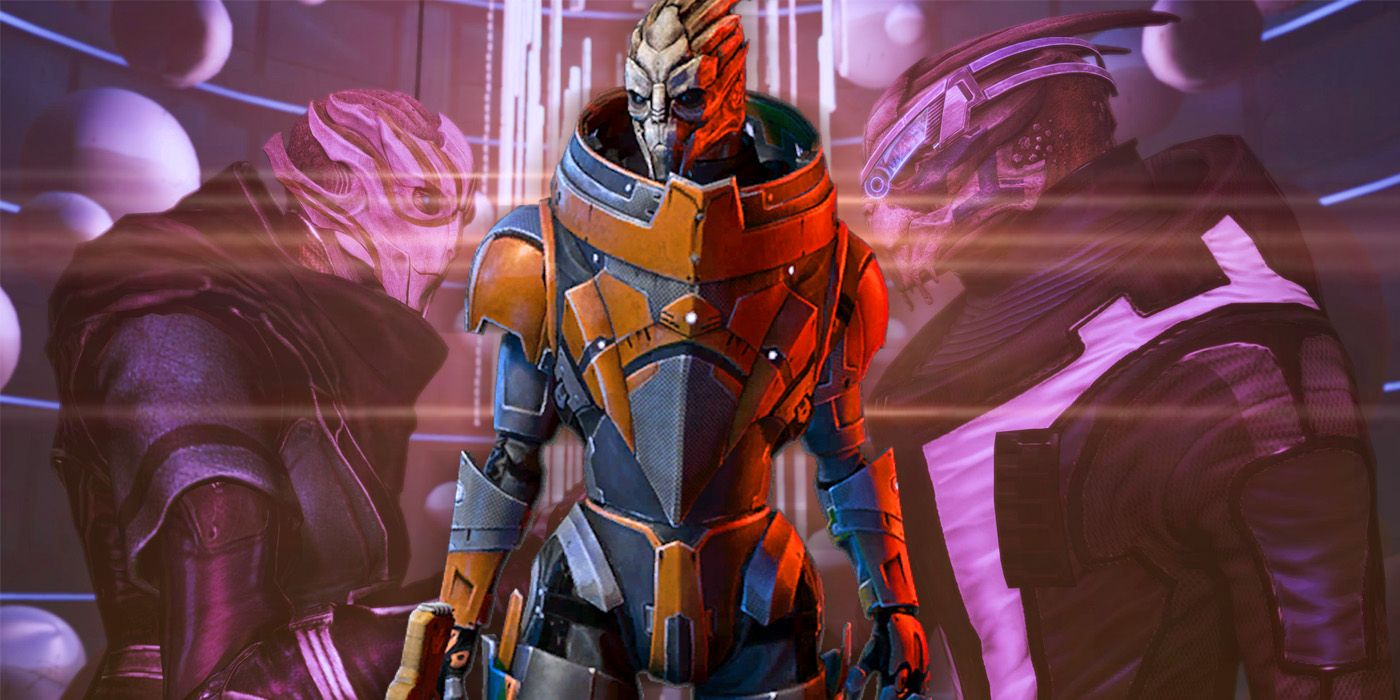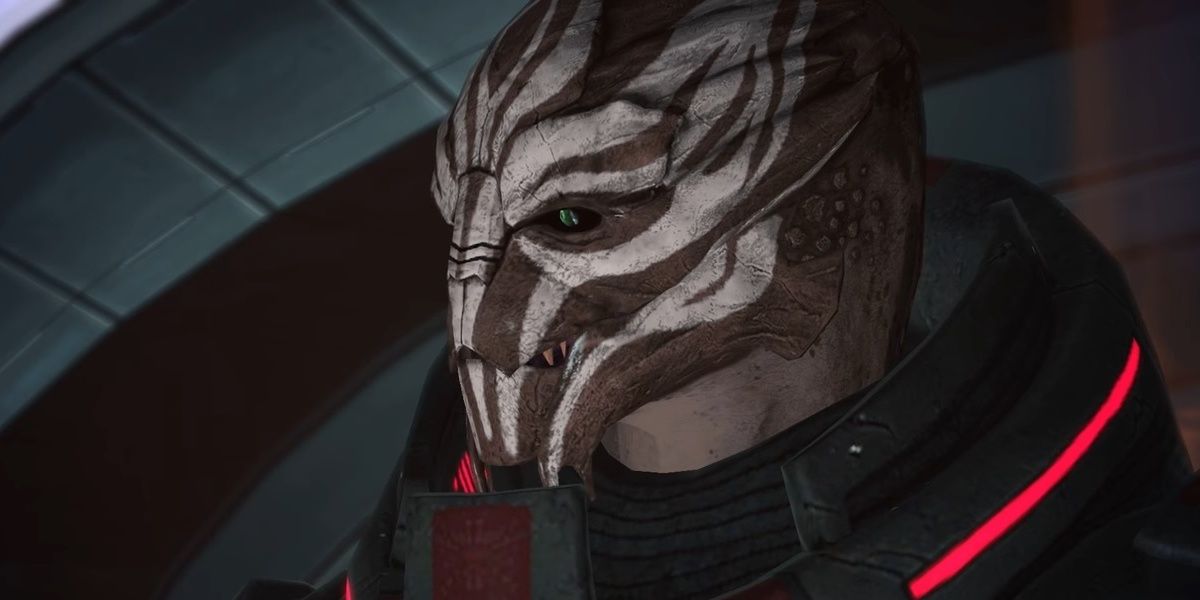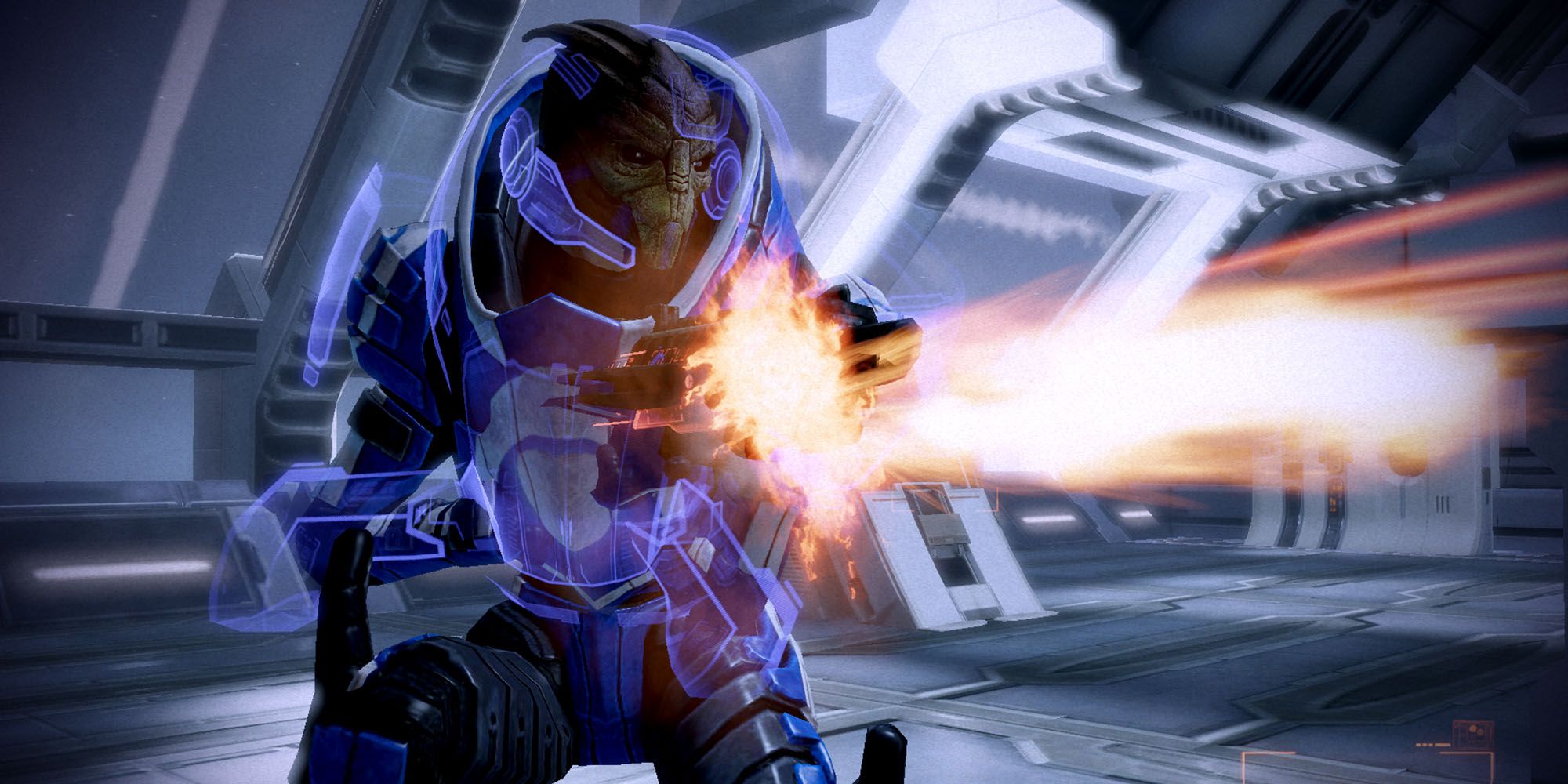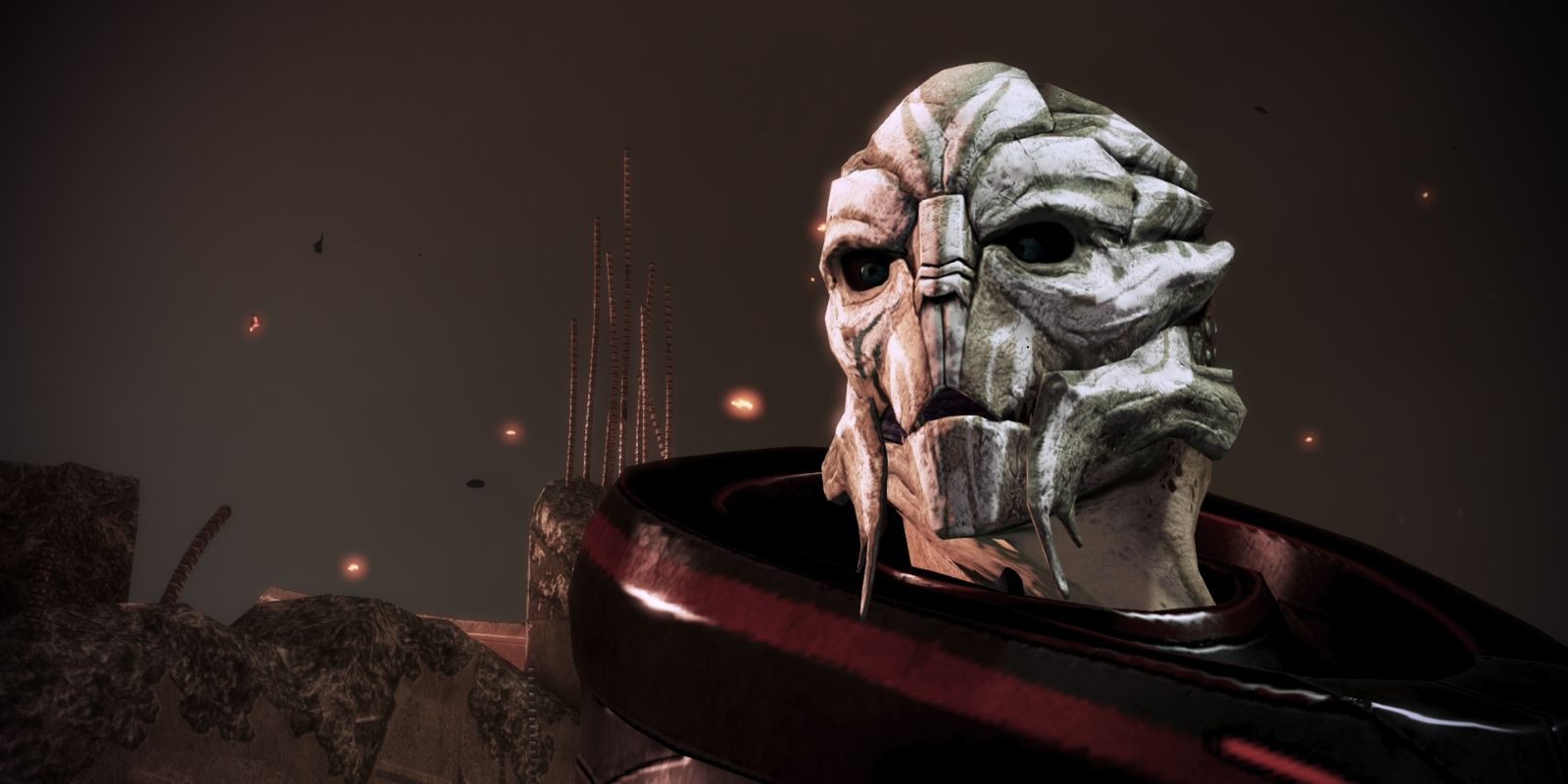In the Mass Effect universe, there are two "warrior races," those being the reptilian Krogan and the Roman Empire-inspired Turians. The latter are more like soldiers than barbarians, however.
The Turian race is one of the most powerful and influential in the galaxy, and this race is one of three Council races as of 2183. They joined many years after the Asari and Salarians, but they came just in time. The Krogan Rebellion couldn't have been won without the Turians to help out.
Turian Biology
The Turian race is quite typical in many regards, but a few factors set them apart from their galactic neighbors. These mammals are bipeds with a similar size and lifespan to humans, but they all have mask-like faces. Their home world of Palaven has a weak magnetic field, meaning the entire world is soaked in solar radiation that could kill other races. Thus, all species on Palaven, including the Turians, have reflective armor on their bodies. In addition, Turians are a dextro-amino acid people, the same as the wandering Quarians. Thus, Turians cannot safely eat food meant for other species, like Asari or Salarians, and vice versa.
Living in the Hierarchy
Turian society is a rigid one, and it is largely based on the Hierarchy's powerful military. Not all Turians are actually enlisted soldiers or commissioned officers, but all Turian youths must complete basic training as adolescents. Some choose to remain in active service, while others move on to civilian pursuits, spurred on by their military discipline and training. All aspects of Turian society are based on, or at least inspired by, the military, and thus the Turians have the galaxy's most powerful army of all, including their formidable fleet. The Quarian Flotilla can rival the Turian fleet's numbers, but certainly not its firepower or training.
This means that Turian society is efficient and well-structured, but it can also be slow and bureaucratic in nature and not terribly open to change or innovative thinking. The Turian Hierarchy is not a downright police state, but then again, reckless behavior and original thinking are generally discouraged, and creative officers must exercise a great deal of restraint, even if their unique ideas are viable. The Turians are a cautious people overall, preferring to defer to protocol and the chain of command. This sets them apart from the recklessly innovative and creative Salarian and Terran Alliance.
Turians and Politics
The Turian Hierarchy's political position is largely based on the Krogan Rebellions, which took place centuries before humanity joined the galactic stage. Centuries ago, after the Krogan were uplifted by the Salarians and defeated the Rachni, those Krogan demanded many concessions from the Council, including territory. The Council refused many of these demands, so the Krogan went to war to claim what they viewed as their rightful prize.
The Asari-Salarian Council fought back as best it could, including the formation of the Spectres, but that alone was not enough. The Council approached the military-minded Turian race for aid, and the Turians obliged. Just as the Council hoped, the Turian Hierarchy's elite fleets helped push the Krogan back, and once the Salarian STG created the infamous genophage, the Turians helped distribute it on Tuchanka and other Krogan worlds.
More recently, the Turians fought another race: the newcomer humans. In 2157, the Turians happened across the human colony of Shanxi near Relay 314 and attacked at once. The humans fought back as best they could, including General Williams and even a young Illusive Man (then going by "Jack Harper"), but the humans couldn't match Turian firepower. Shanxi was damaged and conquered, and the Turians were getting ready to attack Earth itself. In retaliation, the Alliance's Second Fleet retook Shanxi, and both sides were ready to fight for years. Fortunately, the Council intervened and brokered peace, and the Turians paid considerable reparations to the Alliance. The First Contact War as over.
All this means the Turians have very poor relations with the Krogan, who hate the Turians nearly as much as they hate the Salarians, and thus the Turians have few to no economic or political ties to the Krogan clans. The Turians and Alliance are wary of each other, and the First Contact War inspired the creation of radical pro-human (and often anti-alien) groups such as Terra Firma and Cerberus.
Fortunately, those groups are the exception; Turians and humans are slowly fostering stronger ties as the old wounds heal, and the two races have solid trade relations with one another. Most symbolic of all is the famed SSV Normandy, jointly produced by Alliance and Hierarchy engineers. This ship is a beacon of hope to many, though some older hardline Alliance officers resent the Normandy's origins (and steep cost).
The Turians have strong ties to the Asari and Salarians, who are fellow Council races, and the Hierarchy also has a healthy relationship with the Volus Protectorate. The Volus have little firepower, so they became a client race to the Turians. The Hierarchy protects all Volus and their interests with their military, and as payment, the Volus grant the Hierarchy favorable trade and economic advantages of all sorts.




